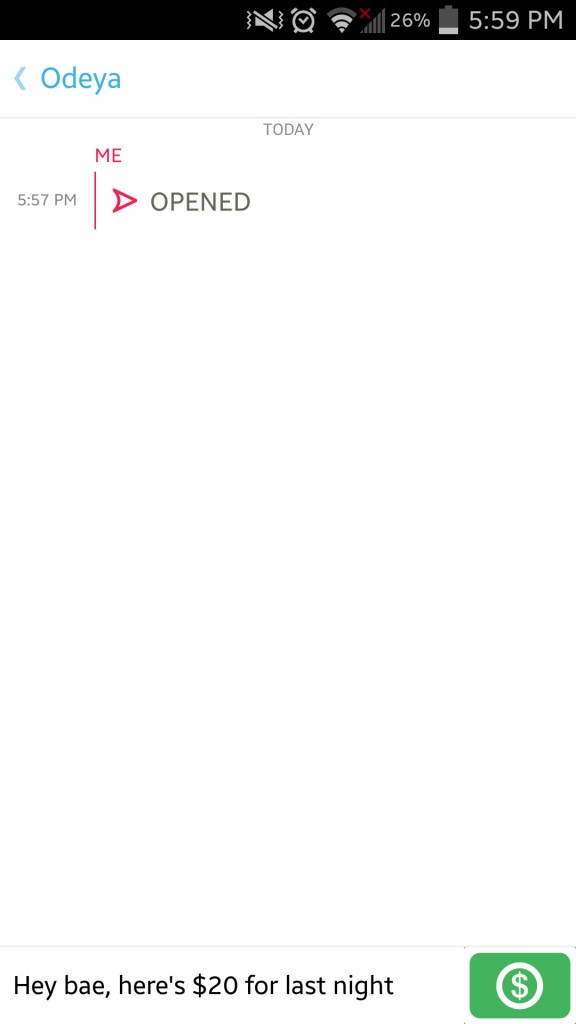
The world is becoming increasingly digital. Friendships, music and even television shows have all begun uploading into cyberspace. As of late, payment options have become more versatile, with the ability now to send friends, family and loan sharks money from the convenience of an app. Most recently, Snapchat joined the ranks of mobile payment services, teaming up with Square, Inc., the mobile payment service behind the popular credit card reader, to offer Snapcash, a new feature that allows users to send money to their friends via Snapchat.
App users were surprised last week by an overzealous and over-the-top promotional video from teamsnapchat, delivering a glamorized overview of Snapcash. The video offers the following advice through song: “Hit the dollar sign, and you’ll be feeling fine. Put in your debit card, to get Snapcash online.” Amidst the fanfare and the tap dancing, it’s easy to become enthralled by the pulls of Snapchat’s marketing team as the video’s corporate undertones slowly weasel their way into your brain. By the end of the number, my fingers were itching to make it rain digitally on all of my friends.
On the whole, the process is simple and fits well within Snapchat’s existing infrastructure. Instead of allocating a whole new screen, Snapcash exists within the recently added chat window. Within a chat, typing a dollar amount will turn the standard “Send” button into a dollar button. Pressing the dollar button allows you to send the designated amount to whoever you’re chatting with at that time. Alternatively, you can enter three dollar signs into the chat box and click the dollar button, which opens the “swipe-to-send” screen. Essentially a “make-it-rain” mini game, swiping up on the screen with three fingers increases the dollar amount sent by a single dollar per swipe. Before accessing either of these modes, however, the user must agree to Snapcash terms, and link their account to a credit or debit card. The recipient has 24 hours to claim the money, which also requires them to link their card, before it’s refunded to the sender. However, once the money is sent, there is no way to cancel the transaction.
The validity of Snapcash’s security should definitely be the first question on everybody’s mind, as Snapchat has come under fire in the past when people discovered that the app never actually deletes the vanishing photos. The security it had purported to offer was, in fact, just an illusion. Few thought Snapchat was a secure app to begin with, and now it’s asking people to trust the app with their credit card information? In essence, it’s taking mobile money transfers out of their secure contexts, and transplanting them into the same app you use to send nude pics to “bae.” Notwithstanding the potential dangers of hacking, the feature’s only saving grace is its partnership with Square.
For some time now, Snapchat has refused to sell out to several companies offering to buy the app, opting instead to continue developing the app on their own. With Snapcash, this could be just the change Snapchat needs to transform its simple picture messaging service into a multifunctional social networking platform. As the world begins to accept mobile money transfers, Snapcash offers the functionality of popular money transfer apps like Venmo and Google Wallet, without the hassle of downloading another app.


